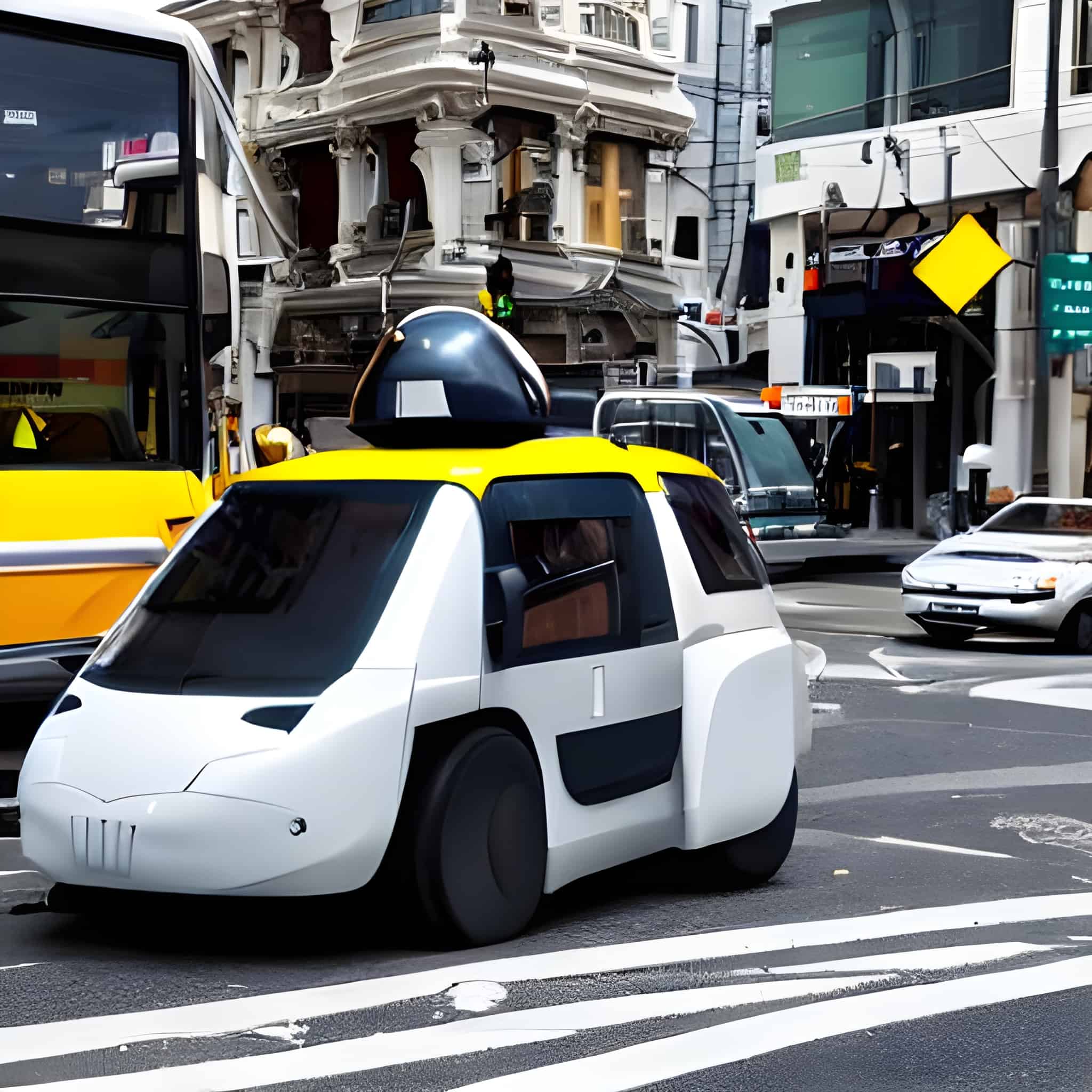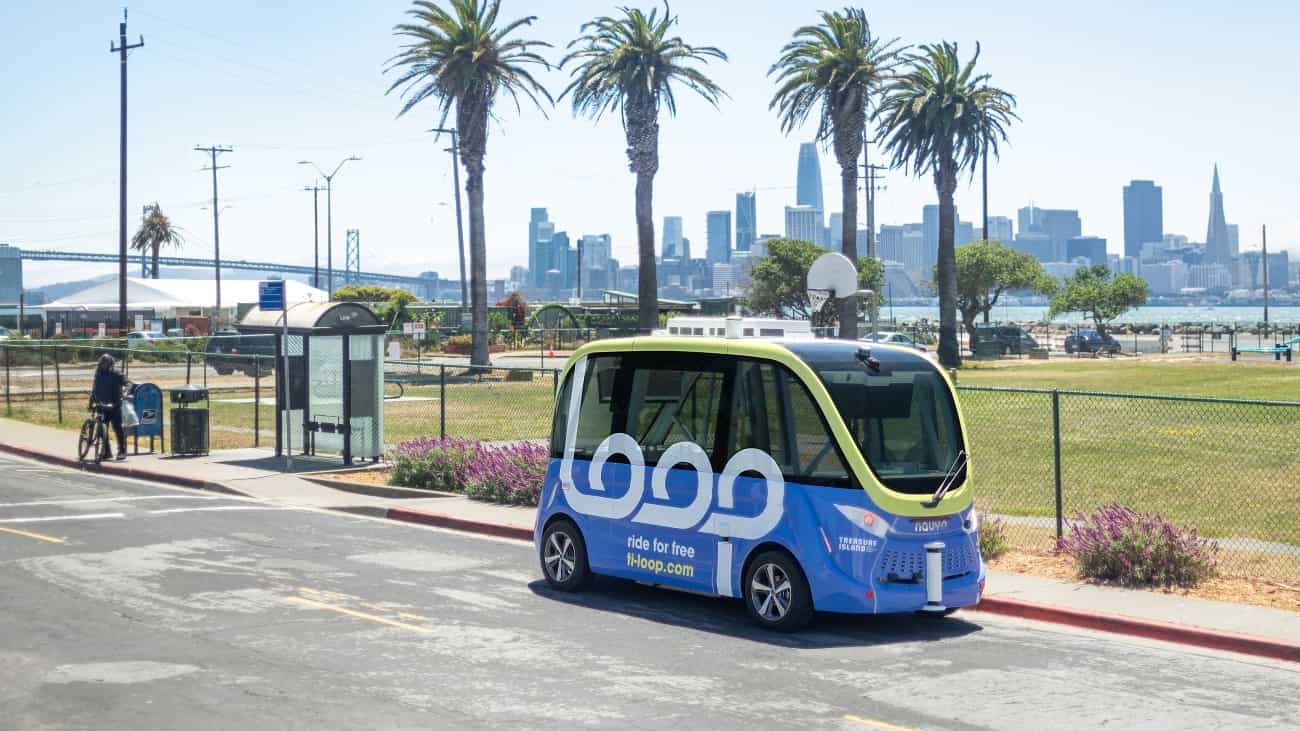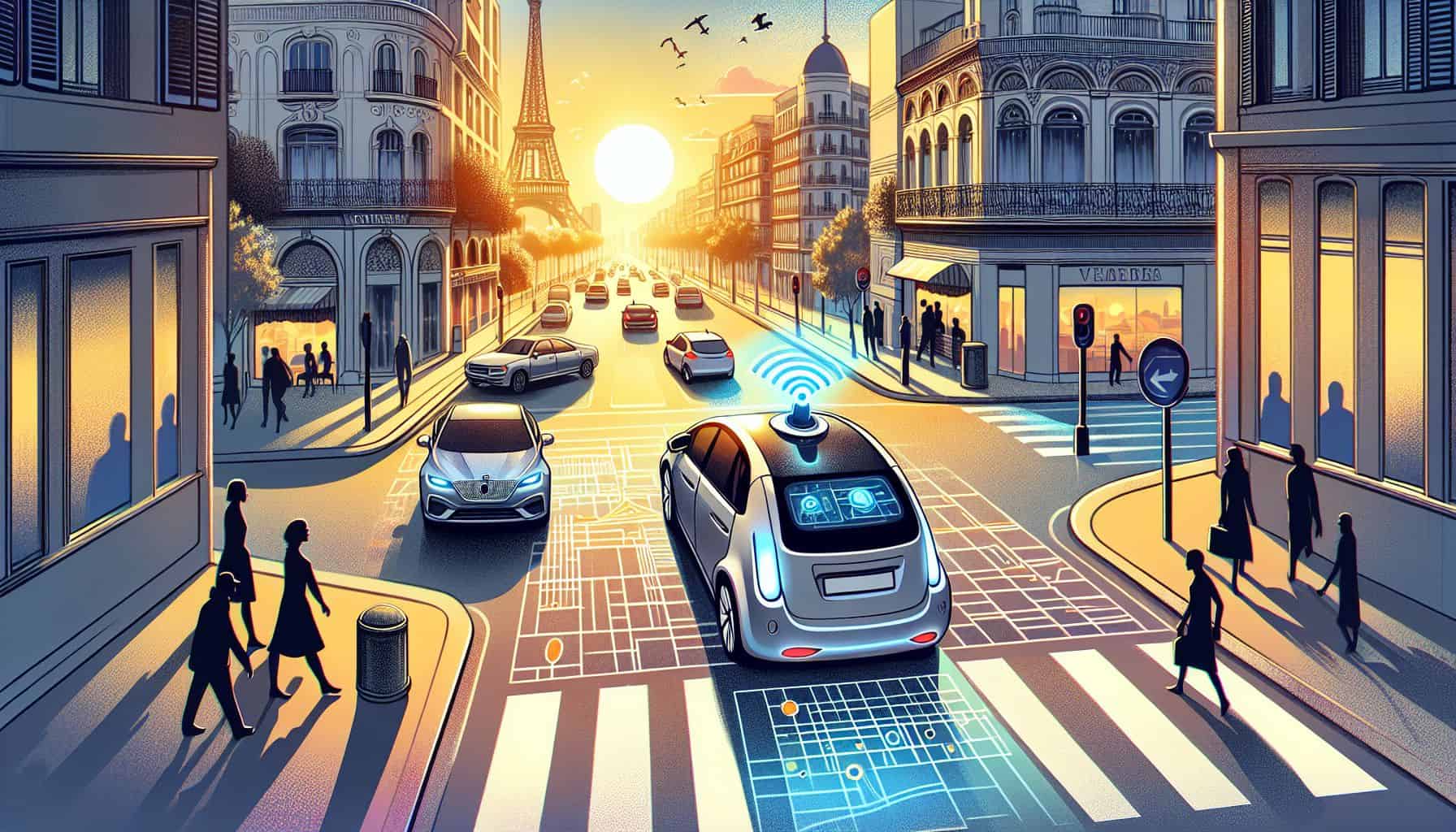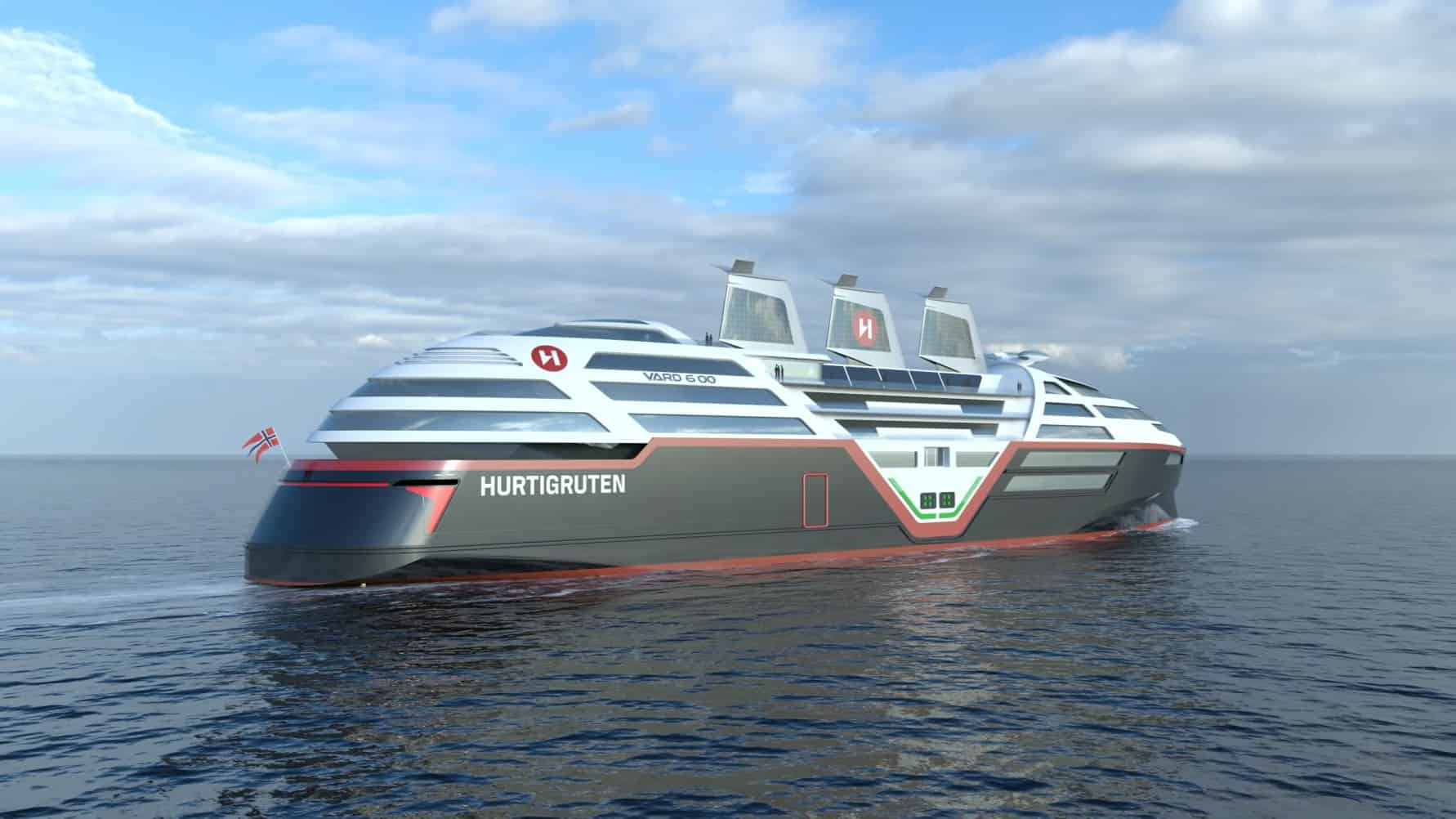
In December, three incidents were reported where personnel from Cruise had to contact emergency services due to passengers not responding through the bidirectional voice connection. This surge in false alarm calls to 911, caused by robot taxis from companies such as Waymo and GM Cruise, is putting a strain on resources meant for those in genuine need. Now authorities are calling for increased transparency from these companies before they expand their services any further.
Waymo and GM Cruise are two of the world’s leading autonomous vehicle providers, using artificial intelligence to power self-driving cars. While this technology has become increasingly popular, it is not without its flaws. Passengers have become so confident in the abilities of their robot taxis that they have been found sleeping during their journey, triggering safety protocols which call for immediate emergency assistance.
In response to this, San Francisco Municipal Transportation Agency, San Francisco County Transportation Authority and the Office of the Mayor on Disability wrote a joint letter to the California Public Utilities Commission, expressing their concerns over how these false alarms are wasting public money. They stated that “the taxpayer-funded emergency response resources used for non-emergencies undermines their availability for members of the public in true need.”
This sentiment has been echoed by transportation officials from both San Francisco and Los Angeles, who have requested that Waymo and Cruise halt their requests to expand their robot taxi services in both cities. They claim that the technology is not yet ready for such widespread use and want companies to provide more data on the performance of their vehicles before expanding any further.
The main concern is not just about the false alarm calls but how autonomous vehicles can be a hazard on the roads. For example, Cruise cars have been found to be blocking intersections, driving on sidewalks and even escaping arrest! Therefore, it is understandable why officials are hesitant to grant permission for these companies to expand their services.
Conclusion
The advent of autonomous vehicle technology has provided a great convenience to many, but with it comes a certain degree of risk. False alarm calls from robot taxis are causing a strain on resources meant for those in genuine need. As such, authorities are requesting increased transparency from Waymo and GM Cruise before allowing them to expand any further.








